Physical differences in the brains of people with attention deficit hyperactivity disorder and those who don’t have the condition could help diagnosis.
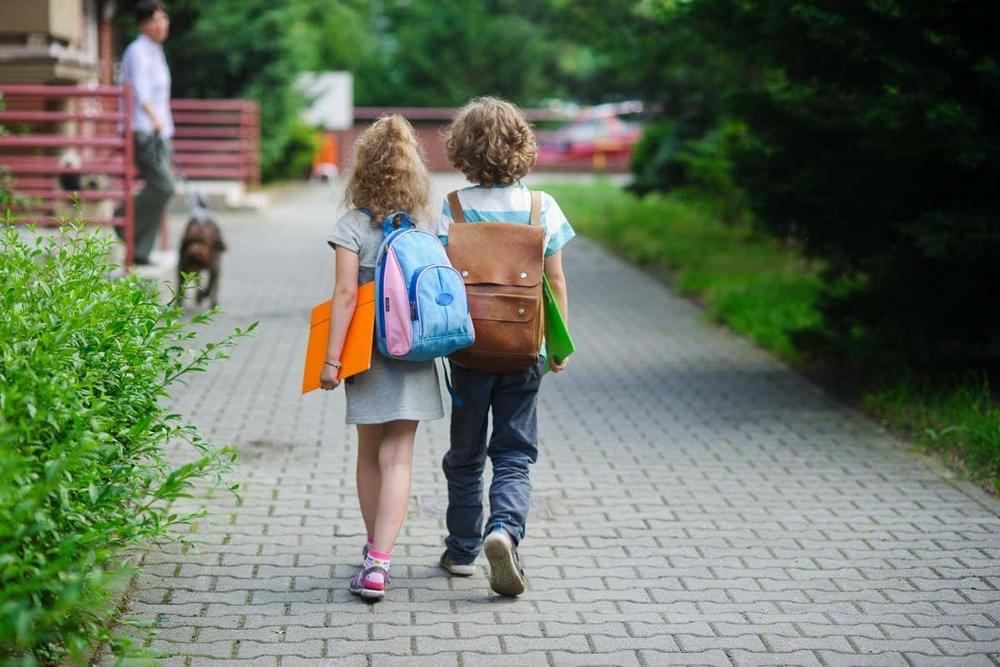

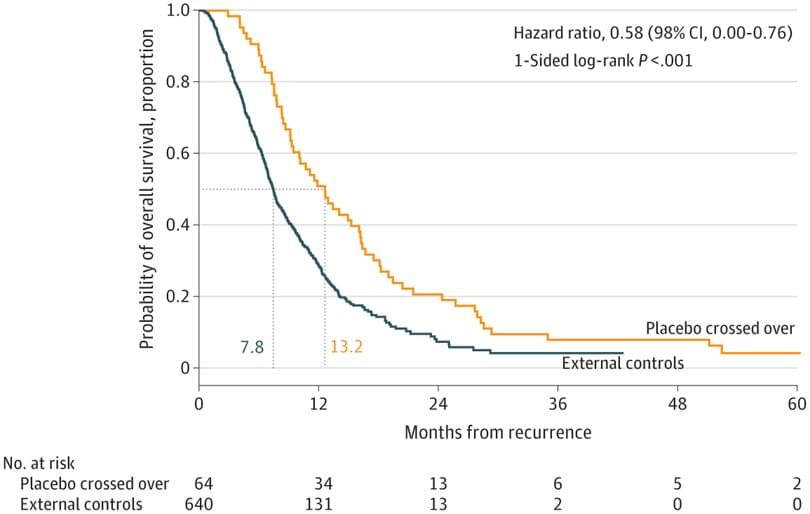
A vaccine (DCVax-L), trialed at King’s College Hospital and other centers around the world, using patients’ immune cells to target brain cancer can extend survival by many months or, in some cases, years, the final unblinded results from a phase 3 clinical trial has shown. The final results were published on Thursday, November 17 in JAMA Oncology.
This is the first time in 17 years that such significant outcomes have been achieved in a phase 3 trial for a systemic treatment in newly diagnosed glioblastoma, and the first time in 27 years that any treatment has been shown to extend survival in recurrent glioblastoma.
The vaccine is created for each patient individually by isolating specific immune cells, known as dendritic cells, from their blood. These cells are then primed with biomarkers from a sample of the patient’s tumor. When the vaccine containing the cells is injected back into the patient, it shares that information so that the body’s entire immune system recognizes and attacks the target.
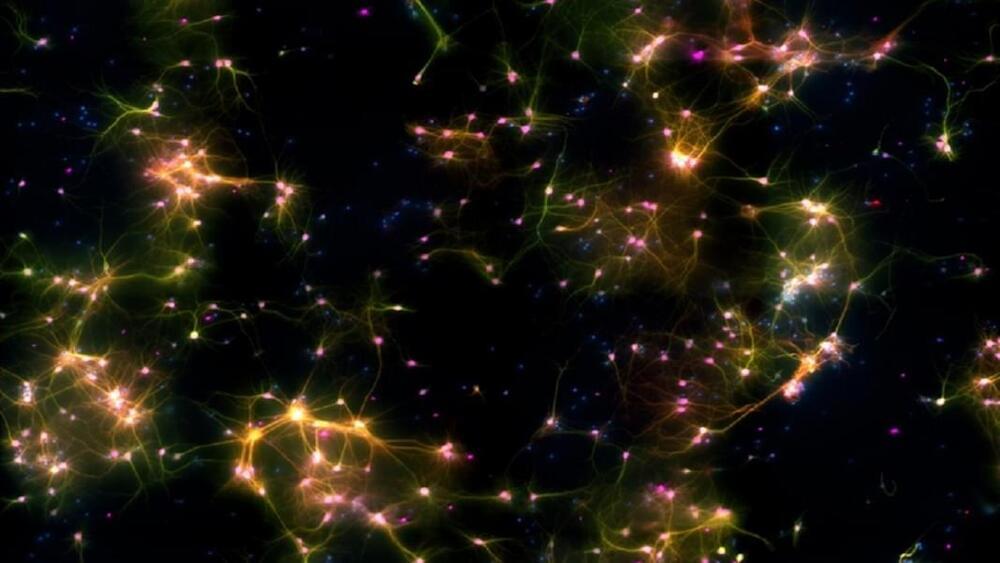
The stimulations were critical for their learning. Separate experiments with DishBrain without any electrical feedback performed far worse.
Game On
The study is a proof of concept that neurons in a dish can be a sophisticated learning machine, and even exhibit signs of sentience and intelligence, said Kagan. That’s not to say they’re conscious—rather, they have the ability to adapt to a goal when “embodied” into a virtual environment.
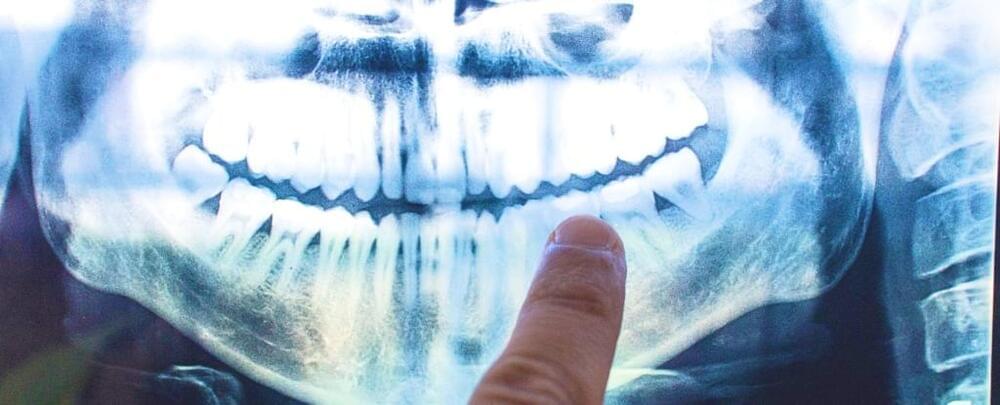
In recent years, a growing number of scientific studies have backed an alarming hypothesis: Alzheimer’s disease isn’t just a disease, it’s an infection.
While the exact mechanisms of this infection are something researchers are still trying to isolate, numerous studies suggest the deadly spread of Alzheimer’s goes way beyond what we used to think.
One such study, published in 2019, suggested what could be one of the most definitive leads yet for a bacterial culprit behind Alzheimer’s, and it comes from a somewhat unexpected quarter: gum disease.
High-Risk, High-Payoff Bio-Research For National Security Challenges — Dr. David A. Markowitz, Ph.D., IARPA
Dr. David A. Markowitz, Ph.D. (https://www.markowitz.bio/) is a Program Manager at the Intelligence Advanced Research Projects Activity (IARPA — https://www.iarpa.gov/) which is an organization that invests in high-risk, high-payoff research programs to tackle some of the most difficult challenges of the agencies and disciplines in the U.S. Intelligence Community (IC).
IARPA’s mission is to push the boundaries of science to develop solutions that empower the U.S. IC to do its work better and more efficiently for national security. IARPA does not have an operational mission and does not deploy technologies directly to the field, but instead, they facilitate the transition of research results to IC customers for operational application.
Currently, Dr. Markowitz leads three research programs at the intersection between biology, engineering, and computing. These programs are: FELIX, which is revolutionizing the field of bio-surveillance with new experimental and computational tools for detecting genetic engineering in complex biological samples; MIST, which is developing compact and inexpensive DNA data storage devices to address rapidly growing enterprise storage needs; and MICrONS, which is guiding the development of next-generation machine learning algorithms by reverse-engineering the computations performed by mammalian neocortex.
Previously, as a researcher in neuroscience, Dr. Markowitz published first-author papers on neural computation, the neural circuit basis of cognition in primates, and neural decoding strategies for brain-machine interfaces.

Medical television shows sometimes depict thoughts skipping across the brain as action potentials that ignite like exploding stars. While it looks dramatic and impressive, today’s brain-imaging technologies can’t visualize brain activity so sensitively. A new magnetic resonance imaging (MRI) technique called DIANA – direct imaging of neuronal activity – may get us closer, though.
An alternative to BOLD fMRI
A brain signal begins with an action potential caused by rapid changes in voltage across cellular membranes. Researchers involved in this proof-of-concept study, reported in Science, say that DIANA might measure this neuronal activity by capturing the intracellular voltage of a group of neurons.
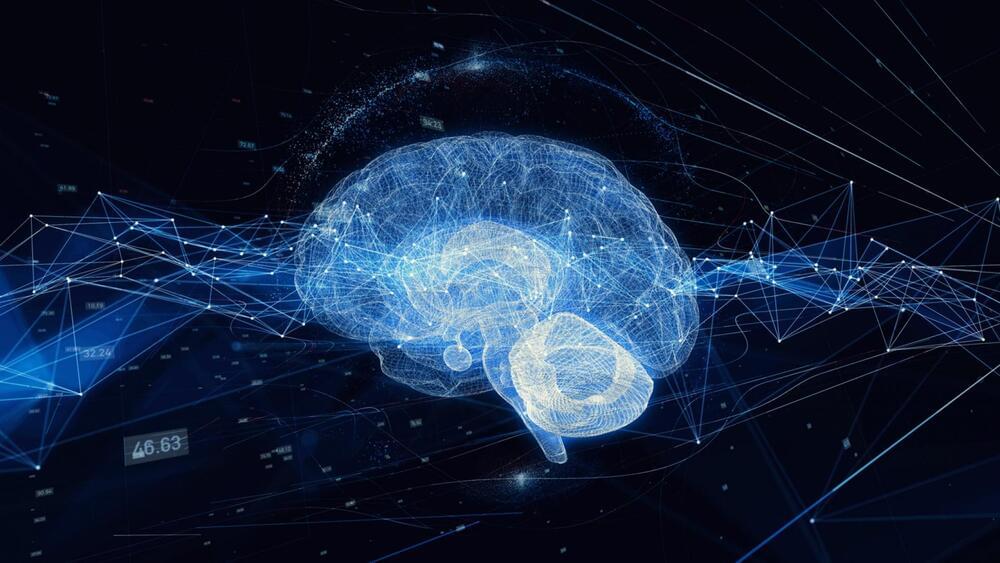
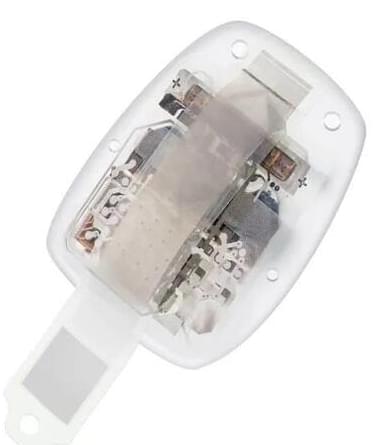

b Department of Polymer Science and Engineering and Key Laboratory of High Performance Polymer Materials and Technology of MOE, School of Chemistry and Chemical Engineering, Nanjing University, Nanjing 210,023, China.
c Institute of Chemical and Bioengineering, ETH Zurich, Vladimir Prelog Weg 1, 8093 Zurich, Switzerland.
Received 21st February 2019, Accepted 17th April 2019.
Using these passive haptic learning gloves for playing the piano, researchers are helping TBI victims re-learn critical skills.